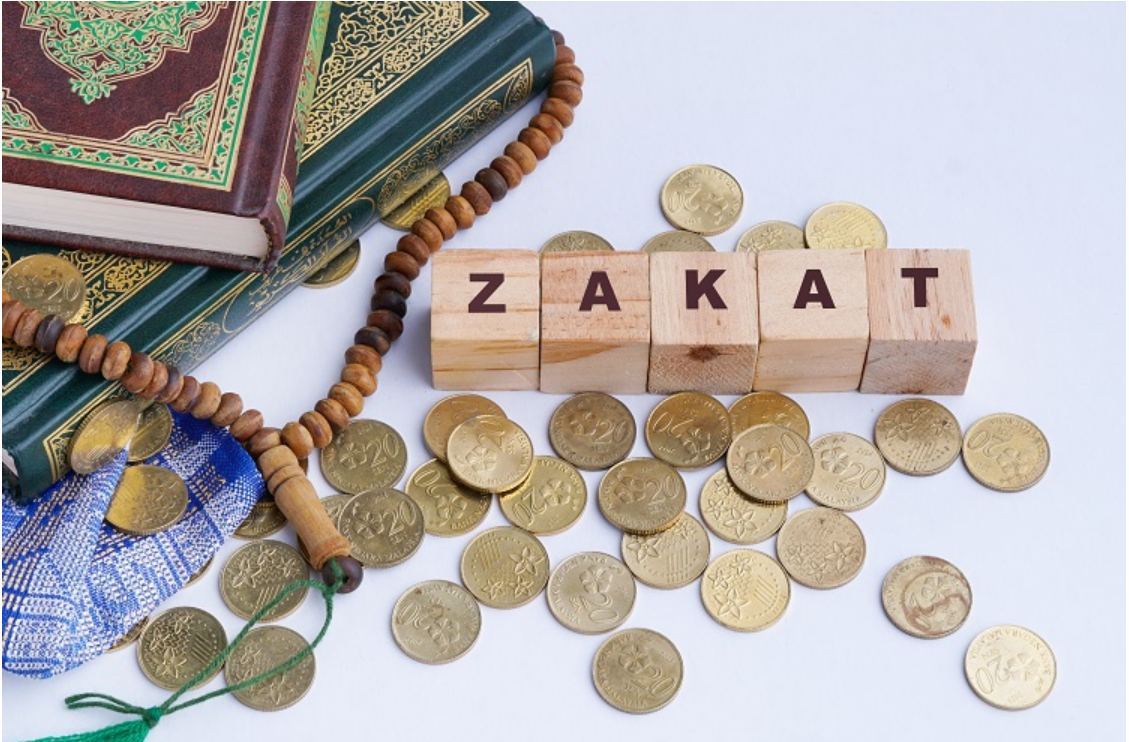
How to Calculate Your Zakat & Donate Effectively
Blog Posted On: Mar, 14, 2025
Zakat is the third pillar of Islam. Zakat Donation ,an obligatory act of devotion for Muslims in several nations, is donating funds to the impoverished to purify annual income that exceeds the necessary amount for fulfilling necessities. This aid is given to people experiencing poverty, travellers in need, and other designated groups. Zakat is a significant source of global charitable giving, and it can be made at any time of year. Still, it is most typically given during the Hajj pilgrimage and Ramadan, especially on Laylat Al Qadr. Zakat Donation Aid must be used within one lunar year of its giving, and it is unsuitable for infrastructure or administrative costs. Give your zakat Donation in Pakistan to Saylani Welfare Trust So we can distribute it properly and make Pakistan a better place.
What is Nisab?
Nisab is the threshold of wealth that decides the obligation of Zakat for a person. In Islamic Law, the Nisab threshold is established by two fixed values: 3 ounces of gold or 21 ounces of silver.
On what assets must I pay Zakat?
Zakat is a wealth tax, not an income tax, encompassing Zakat on savings, gold and silver, cash in hand or bank accounts, directly owned or fund-held stocks and shares, loans to others, business inventory and merchandise, agricultural produce, livestock, pensions, and investment properties.
There is a disagreement about whether women should pay Zakat on their gold and silver jewellery. Certain scholars claim that Zakat is obligatory on all gold and silver (exceeding the Nisab threshold), including jewellery, but not on other valuable metals such as platinum or gemstones like diamonds. Mixed metals are subject to Zakat only if at least fifty percent of the composition is gold or silver.
If women acquire jewels for personal riches or future sale, or if they own an excessive quantity, the jewellery transcends simple ornamentation, necessitating the payment of Zakat.
Valuable assets, including real estate and vehicles, are subject to Zakat; however, if they are designated for sale, they are classified as trade goods. Zakat becomes obligatory once a lunar year passes from the intent to sell.
How to Calculate Zakat?
Sum all revenue sources: Cash, Gold and Silver, Debts Receivable, Investment Properties, Shares and Stocks, Investment and Savings Funds, and Business Assets.
Calculate total urgent requirements and living expenditures: Personal and Living Expenses, Outstanding Debts, and Business Expenses.
Determine your overall Zakatable Wealth: overall Income - Living Expenses = Zakatable Wealth.
Verify whether it exceeds the Nisab threshold: Determine the present cash worth of your Nisab threshold.
Determine the amount of Zakat owed: Total Zakat Owed for the Year = Zakatable Wealth x 2.5%
Utilise our Online Zakat Calculator for simplified computation.
What is the purpose of zakat donations, and to whom should they be allocated?
Zakat is a crucial principle in Islam, referenced more than 30 times in the Quran and often in threshold.congregational prayer. True believers are characterised by their unwavering commitment to prayer and the practice of Zakat, which distinguishes them as individuals dedicated to personal development and communal service through their charitable contributions. The goal of Zakat donation is to assist the impoverished, needy, vulnerable, and disadvantaged by ensuring that our collective wealth is directed towards those in need. Saylani Welfare seeks to allocate Zakat in a manner that enables individuals to escape the cycle of poverty and attain financial independence. Muslim scholars determine Zakat eligibility based on a Quranic verse that specifies that designated alms are intended solely for the impoverished, the needy, those designated to manage the funds, individuals whose hearts are reconciled to the faith, the release of enslaved people, assistance to the indebted, for the sake of God, and travellers in distress. Eight types of individuals are eligible to receive and profit from collected Zakat, with the first two categories receiving the greatest attention in contemporary society. These include orphan homes, single female-headed households, those with disabilities, and older people.
Read More blogs
